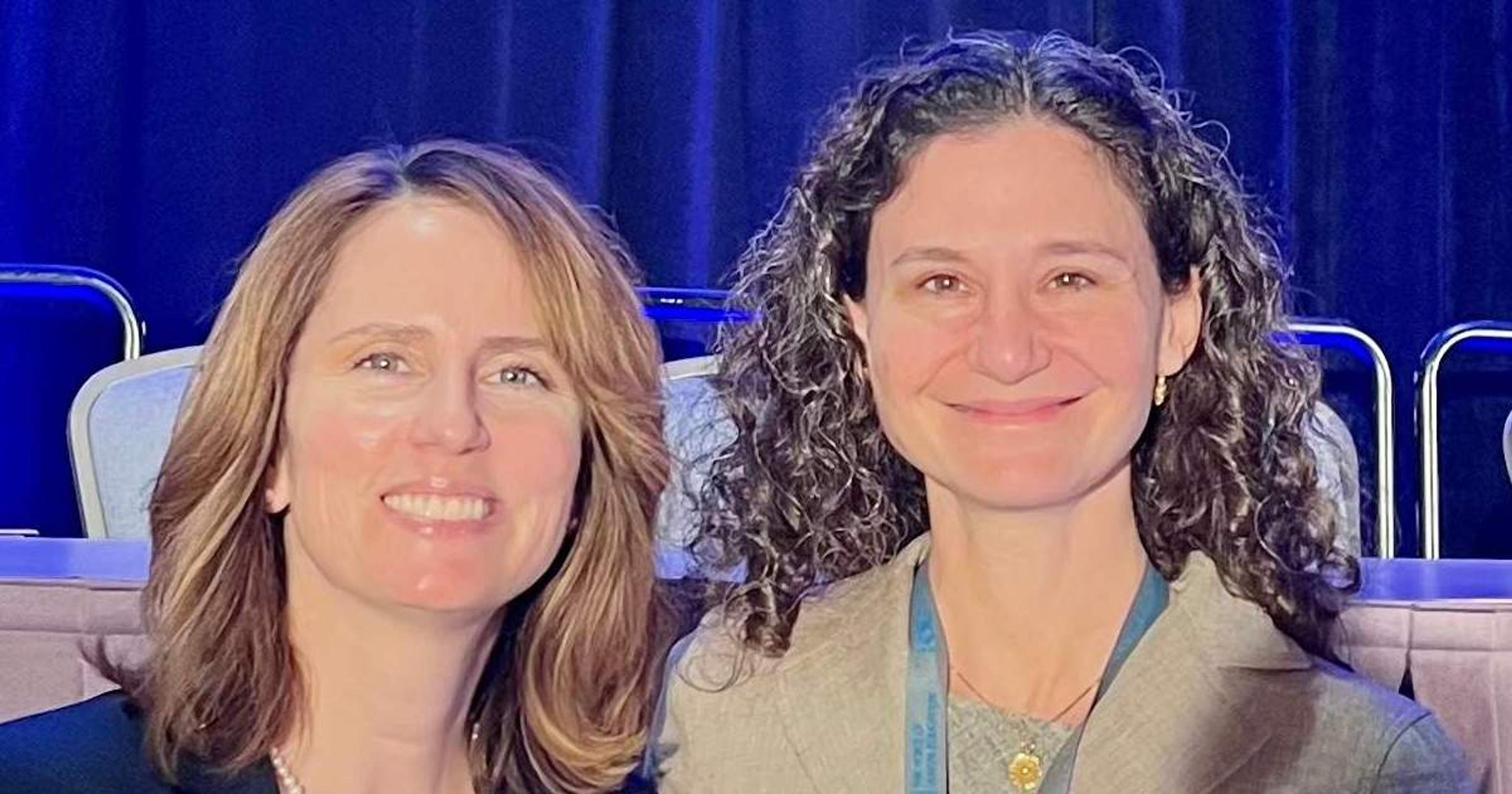
Michigan is one of the most rapidly aging states in the country. By 2050, the percentage of residents age 65 and older is expected to reach 22%, compared to only 15% now. And the proportion of people age 85 and older is expected to more than double – from 2.2% in 2015 to 4.8%. With the increasing age of the population, higher demands will be placed on the health care system, which could prove challenging without enough younger workers to handle the load. Dr. Duane DiFranco, MD, is vice president of Medicare Stars and Clinical Performance at Emergent Holdings, a subsidiary of Blue Cross Blue Shield of Michigan. He compared the situation to the proverbial frog in a pot of water. “We’re in the water and the heat’s being turned up,” he said. One way to slow the boil is focused on addressing some of the disparities – and factors that lead to worse outcomes – that exist in health care for older populations. DiFranco and Paula Cunningham, state director, AARP Michigan, shared their thoughts during a recent symposium on the 50+ population at Western Michigan University’s Grand Rapids campus. The event was sponsored by Blue Cross Blue Shield of Michigan. Health care disparities are differences in health outcomes between groups of people based on factors such as race, ethnicity, gender, sexuality, class, disability, income level, education level and other issues. They exist at all ages and can be influenced by social determinants of health such as access to services, a lack of financial resources, education and job training opportunities, safe housing, food, transportation and more. “These things tend to cluster together,” DiFranco said. A study led by AARP and Western Michigan University College of Health and Human Services provided recommended action items to address some of the social determinants of health that could be leading to disparities. Some recommendations included:
- Broadening efforts to address chronic disease by increasing access to coordinated care that includes behavioral health providers, substance abuse and other specialists.
- Expanding access to broadband internet in underserved areas to increase access to telehealth for more residents.
- Increasing access to home and community long-term services and supports. This could help seniors stay in their homes longer and provide more support to their caregivers.
DiFranco explained that Blue Cross has been looking at health care disparities through many different lenses. A task force is working to educate employees and conducting outreach to physicians, who have participated in roundtable discussions. Physicians reported the biggest challenges their older patients face include:
- Transportation to appointments
- Adhering to medication as prescribed
- Safety at home, including a need for in-home support and modifications such as ramps and handrails
- Depression treatment and mental health access
- Opportunities that would allow seniors to exercise, socialize and become educated on health topics
As the largest single-state Medicare Advantage plan provider and 7th largest nationally, DiFranco said Blue Cross is committed to the senior population and innovative solutions that can help them live longer, healthier lives. If you liked this post, you might also want to read:
- Blue Cross Team Works to Address Health Care Disparities
- How Heart Disease Disproportionately Affects Different Races
- Health Disparities in Michigan
Photo credit: Horsche





